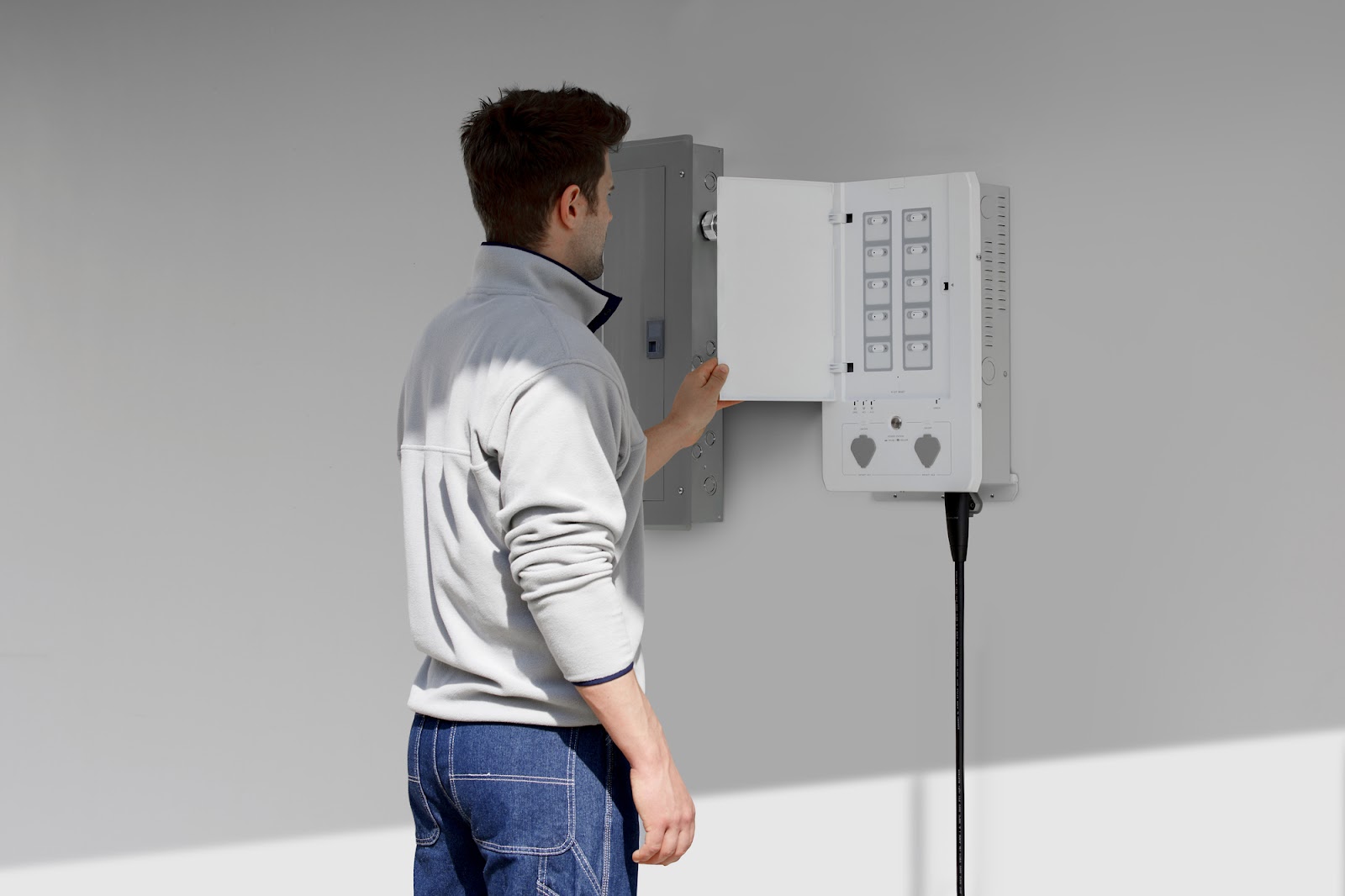How to Connect Solar Panels To Your Home
Solar power provides an excellent path to becoming energy-independent. With a grid-tied solar power system, you can supply electricity to your home through the local utility infrastructure. In some cases, you can even generate extra energy and sell it back to the utility through net metering. If your solar array doesn’t generate sufficient power to meet your household electricity needs, on-grid electricity is there as a backup.
But what about if you want to live or travel off-grid or have a reliable home backup power solution in the event of a power outage?
You’ll need to opt for an off-grid power solution with solar panels, batteries, and numerous other components. Luckily, the quality of products like the EcoFlow power kits has drastically improved in recent years while the prices have dropped. Clean, renewable off-grid solar power has never been more accessible.
Depending on your experience level, you can install a solar kit yourself or work with professional installers. In either case, the process and considerations are the same.
These are the steps you can expect to take for your home solar installation.

1. Determine Your Energy Needs
Before you purchase the components to build a solar power system, you need to determine how much electricity you expect to use. To do this, collect your electric bills from the past several months, and look for your average usage per month and year. Plan to purchase a system that will deliver more power than you already consume, so you can ensure you build in the capacity you need.
Once you know what energy consumption requirements you need to meet, you can shop around for the system that can deliver it. The specifics will vary depending on where you live, your home layout, and numerous other factors.